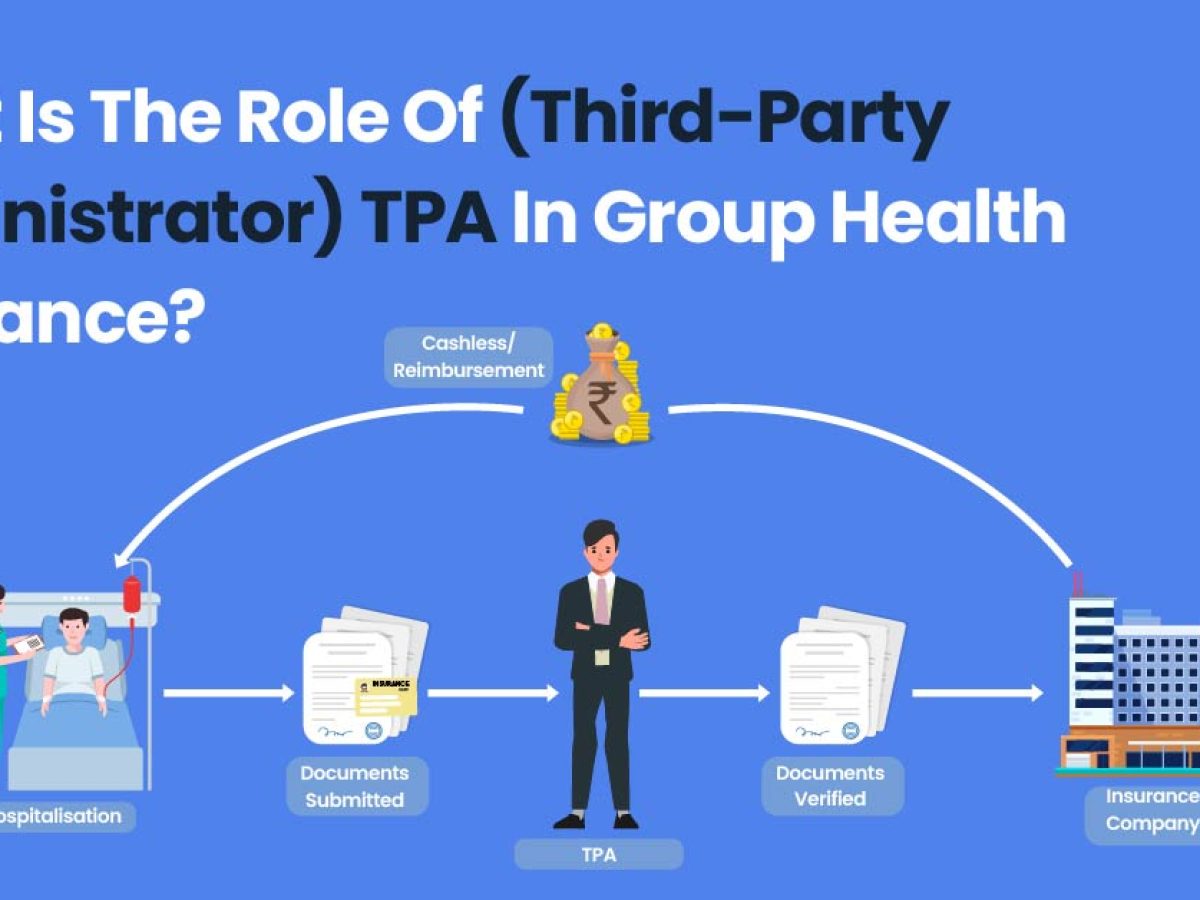A Biased View of Pacific Prime
A Biased View of Pacific Prime
Blog Article
An Unbiased View of Pacific Prime
Table of Contents8 Easy Facts About Pacific Prime ExplainedSome Ideas on Pacific Prime You Need To KnowNot known Details About Pacific Prime The Facts About Pacific Prime UncoveredPacific Prime Can Be Fun For Anyone

This is because the data were accumulated for a duration of strong financial efficiency. Of the estimated 42 million people that were without insurance, all however concerning 420,000 (about 1 percent) were under 65 years of age, the age at which most Americans become eligible for Medicare; 32 million were grownups in between ages 18 and 65, around 19 percent of all grownups in this age group; and 10 million were kids under 18 years of age, concerning 13.9 percent of all children (Mills, 2000).
These estimates of the variety of individuals without insurance are generated from the annual March Supplement to the Existing Populace Study (CPS), conducted by the Demographics Bureau. Unless otherwise noted, national quotes of people without wellness insurance and proportions of the population with different type of protection are based upon the CPS, one of the most widely made use of source of estimates of insurance policy protection and uninsurance rates.
How Pacific Prime can Save You Time, Stress, and Money.

Still, the CPS is especially beneficial since it produces yearly price quotes reasonably quickly, reporting the previous year's insurance policy coverage estimates each September, and because it is the basis for a regular collection of price quotes for greater than twenty years, allowing for evaluation of fads in coverage with time. For these factors, in addition to the comprehensive use the CPS in other research studies of insurance protection that are provided in this report, we count on CPS quotes, with limitations noted.

The estimate of the variety of uninsured individuals increases when a population's insurance condition is tracked for several years. Over a three-year duration beginning early in 1993, 72 million people, 29 percent of the U.S. https://pacificpr1me.bandcamp.com/album/pacific-prime. population, were without coverage for at the very least one month. Within a solitary year (1994 ), 53 million individuals experienced at least a month without coverage (Bennefield, 1998a)
6 out of every 10 without insurance adults are themselves employed. Although functioning does improve the possibility that and one's family members will have insurance, it is not a warranty. Also members of family members with two permanent breadwinner have almost a one-in-ten opportunity of being uninsured (9.1 percent without insurance price) (Hoffman and Pohl, 2000).
Rumored Buzz on Pacific Prime
New immigrants account for a considerable percentage of individuals without medical insurance. One analysis has associated a substantial portion of the recent growth in the size of the united state without insurance populace to immigrants that arrived in the country between 1994 and 1998 (Camarota and Edwards, 2000). Current immigrants (those who concerned the United States within the past four years) do have a high price of being without insurance (46 percent), but they and their kids represent simply 6 percent of those without insurance country wide (Holahan et al., 2001).
The connection in between medical insurance and accessibility to care is well developed, as recorded later on in this chapter. Although the connection in between health and wellness insurance coverage and health and wellness end results is neither direct nor easy, a substantial clinical and wellness solutions study literature links wellness insurance protection to go better access to care, better quality, and improved personal and populace wellness condition.
Levels of analysis for examining the results of uninsurance. This conversation of medical insurance protection focuses largely on the united state population under age 65 due to the fact that essentially all Americans 65 and older have Medicare or other public protection. Furthermore, it concentrates specifically on those with no medical insurance for any size of time.
Everything about Pacific Prime
The issues dealt with by the underinsured remain in some aspects similar to those faced by the uninsured, although they are typically less serious. international health insurance. Uninsurance and underinsurance, nevertheless, entail definitely various plan problems, and the approaches for addressing them might vary. Throughout this research and the five reports to follow, the main emphasis gets on persons with no health insurance and thus no assistance in spending for healthcare beyond what is readily available via charity and safety and security net establishments
Medical insurance is a powerful aspect influencing invoice of care because both individuals and doctors respond to the out-of-pocket price of solutions - https://www.find-us-here.com/businesses/Pacific-Prime-Agoura-Hills-California-USA/34031837/. Medical insurance, however, is neither necessary neither adequate to obtain accessibility to clinical services. Nonetheless, the independent and straight effect of health insurance protection on accessibility to health and wellness services is well established.
Others will obtain the wellness care they require even without medical insurance, by spending for it expense or seeking it from suppliers who supply care totally free or at highly subsidized rates. For still others, health insurance coverage alone does not make certain receipt of treatment as a result of other nonfinancial barriers, such as an absence of health treatment service providers in their community, restricted access to transportation, illiteracy, or linguistic and cultural distinctions.
Excitement About Pacific Prime
Official study about uninsured populations in the United States dates to the late 1920s and early 1930s when the Committee on the Expense of Treatment generated a collection of records concerning financing medical professional workplace check outs and hospitalizations. This issue became significant as the varieties of clinically indigent climbed up throughout the Great Clinical depression.
Report this page